Bonsai repotting
We often wonder when to repot bonsai. The roots of all trees grow to find the water and nutrients so necessary for life. Thus, when a tree grows in a pot, the roots grow to occupy the entire limited space.
At the same time, the land wears out and loses the power to provide the nutrients the tree needs. When watering, we will notice that the water penetrates the aged earth with increasing difficulty. If we lift the tree out of the pot, we will see that the roots form a thick, tangled ball. This will then be the time to think about the transplant.
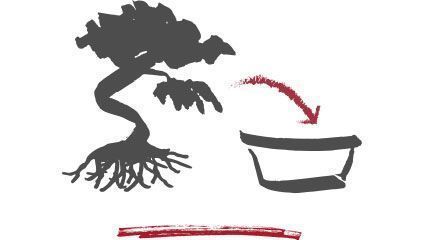
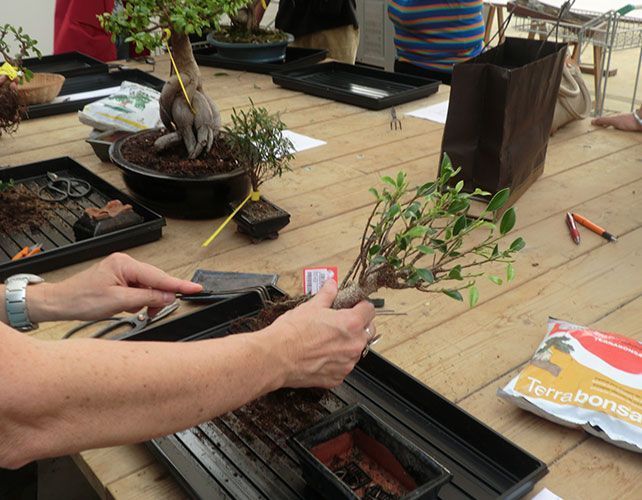
When should I repot?
Favorable time for transplanting is usually at the end of winter dormancy, just before the tree begins its growing season.
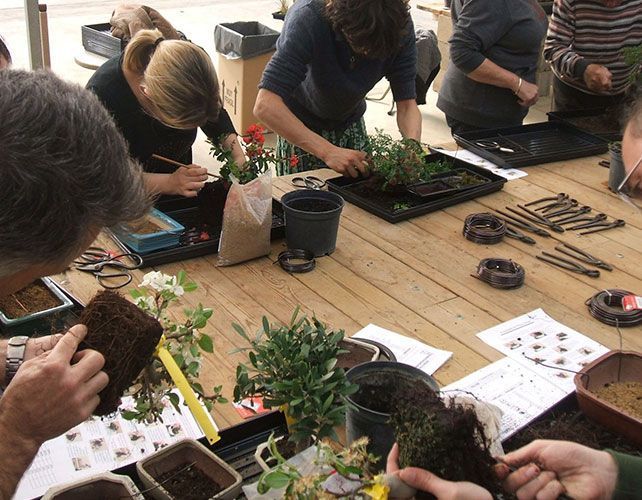
How should I repot?
1. Have the pot, tools and soil that you are going to use well prepared, so as not to constantly have to interrupt the transplant in search of a lost tool.
2. Lift the tree out of the pot, remove the old soil by untangling the roots with the help of a kumade (small rake) and even the stream of water from a faucet or hose.
3. Trim about a third of the roots.
4. Replant the tree with new soil inserting it between the roots with the help of a stick, trying to avoid “air pockets”.
5. Water well, until the water comes out clean from the holes in the bottom of the pot.
Find our Introductory repotting bonsai pack here.
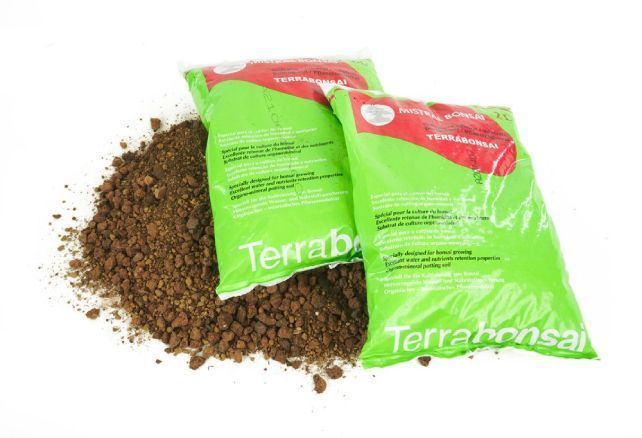
What soil should I use?
Bonsai do well in granular soils like akadama mixed with drainage like Terrabonsai. The ratio varies by species, but in principle the akadama is poured in a layer at the bottom of the pot (50% full) to create good drainage. The second layer, of Terrabonsai, in which the roots will develop further.
The akadama is the best-known substrate for bonsai, either alone or mixed with other substrates (kanuma, terrabonsai…). The properties that make the akadama a very interesting product to grow bonsai are both its good drainage (its roots will be better oxygenated) and its resistance to degradation.
Tierrabonsai is made up of blond peat, akadama and volcanic stoneware. With the mixture of the different components an optimal substrate is obtained for beginner hobbyists; the perfect combination between air and water retained by the substrate gives the possibility of not being excessively dependent on watering, since it retains water well.
Another substrate to consider is kanuma (pH of 4). Suitable for growing bonsai that need an acidic substrate, mainly azaleas (rhododendrons) and some conifers.
See the entire range of lands by clicking here.
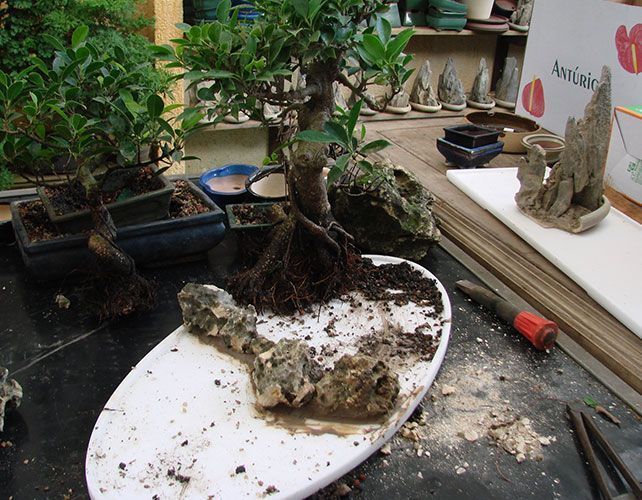
How often should I repot?
The frequency varies by species. In general, young bonsai grow larger than mature bonsai, and need more frequent repotting.
The frequency of transplantation can vary a lot from fruit trees that are transplanted annually as a general rule, to conifers that can be transplanted every 4 to 6 years approximately.
These figures are indicative, since each tree must be observed individually to know when it needs to be transplanted.
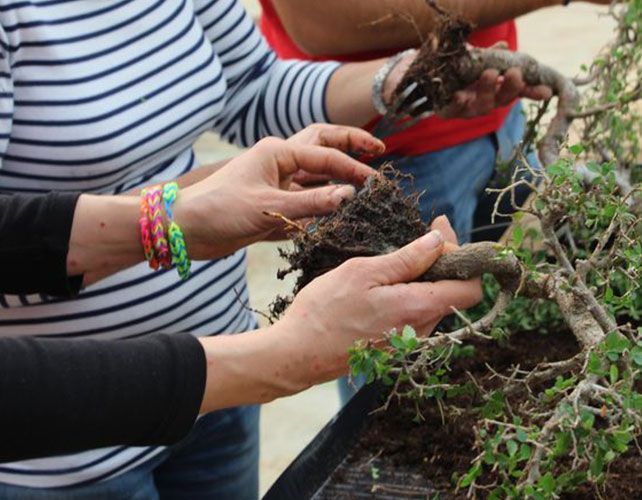
Bonsai repotting aftercare
A transplant at the right time does not pose a great difficulty for the tree. But until the roots start working again, we will protect it from the wind and the sun until it starts to sprout, spraying the leaves frequently.
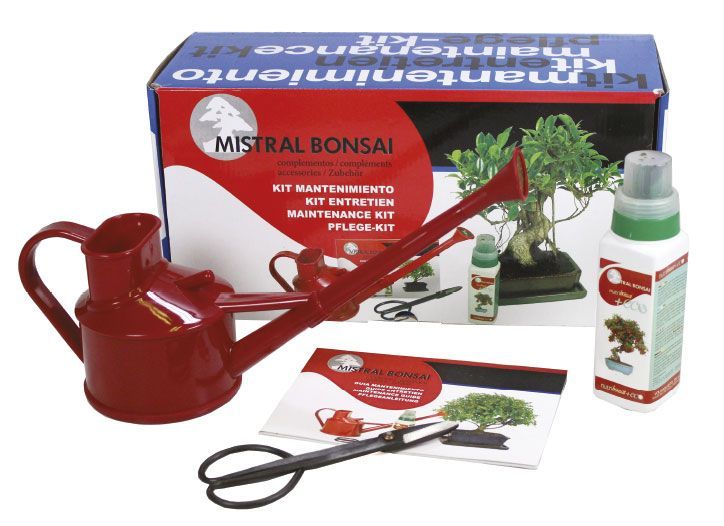
At Mistral Bonsai we have prepared a basic maintenance kit for your bonsai: fertiliser, watering can, scissors and a small bonsai work guide. All the essentials!
